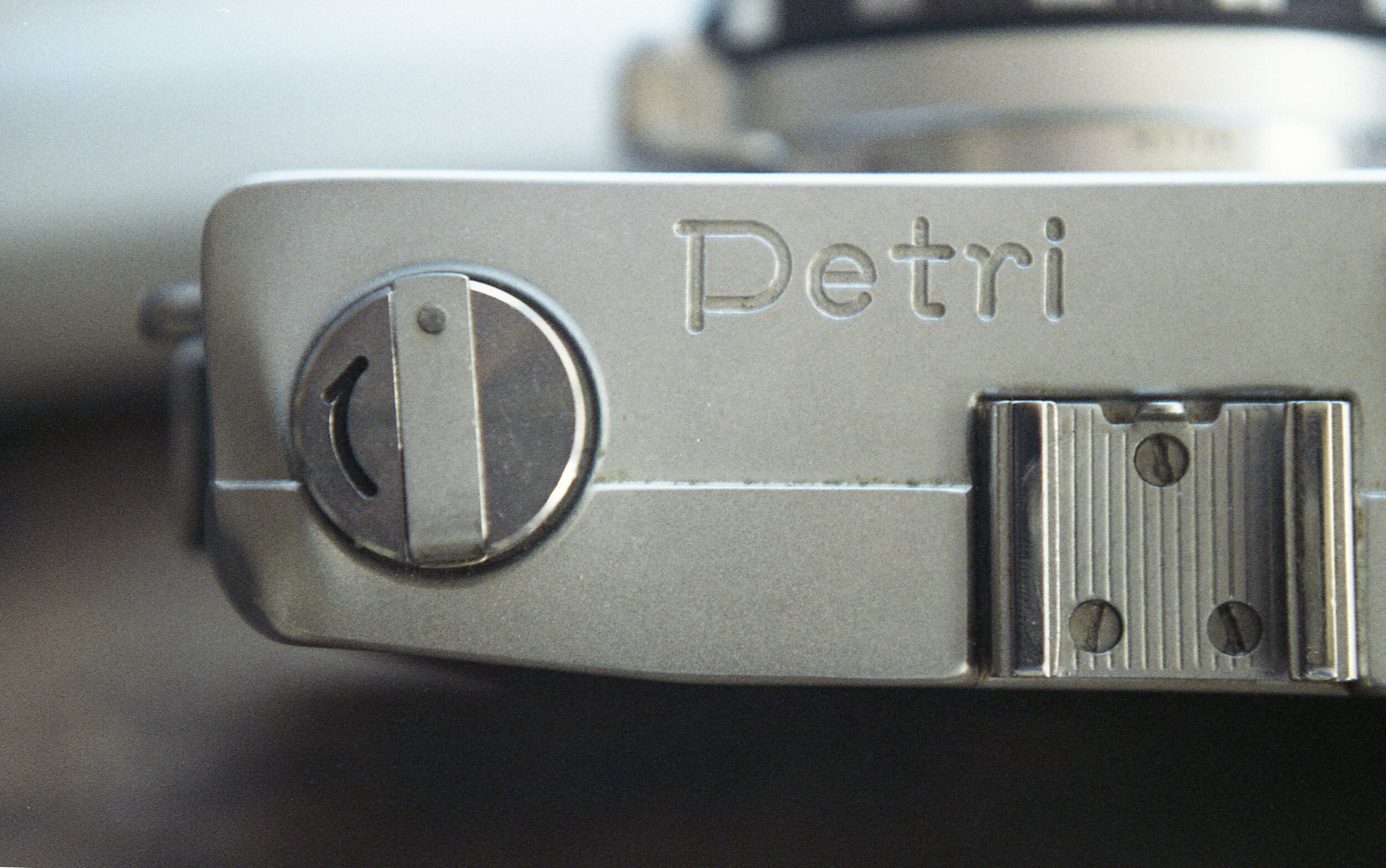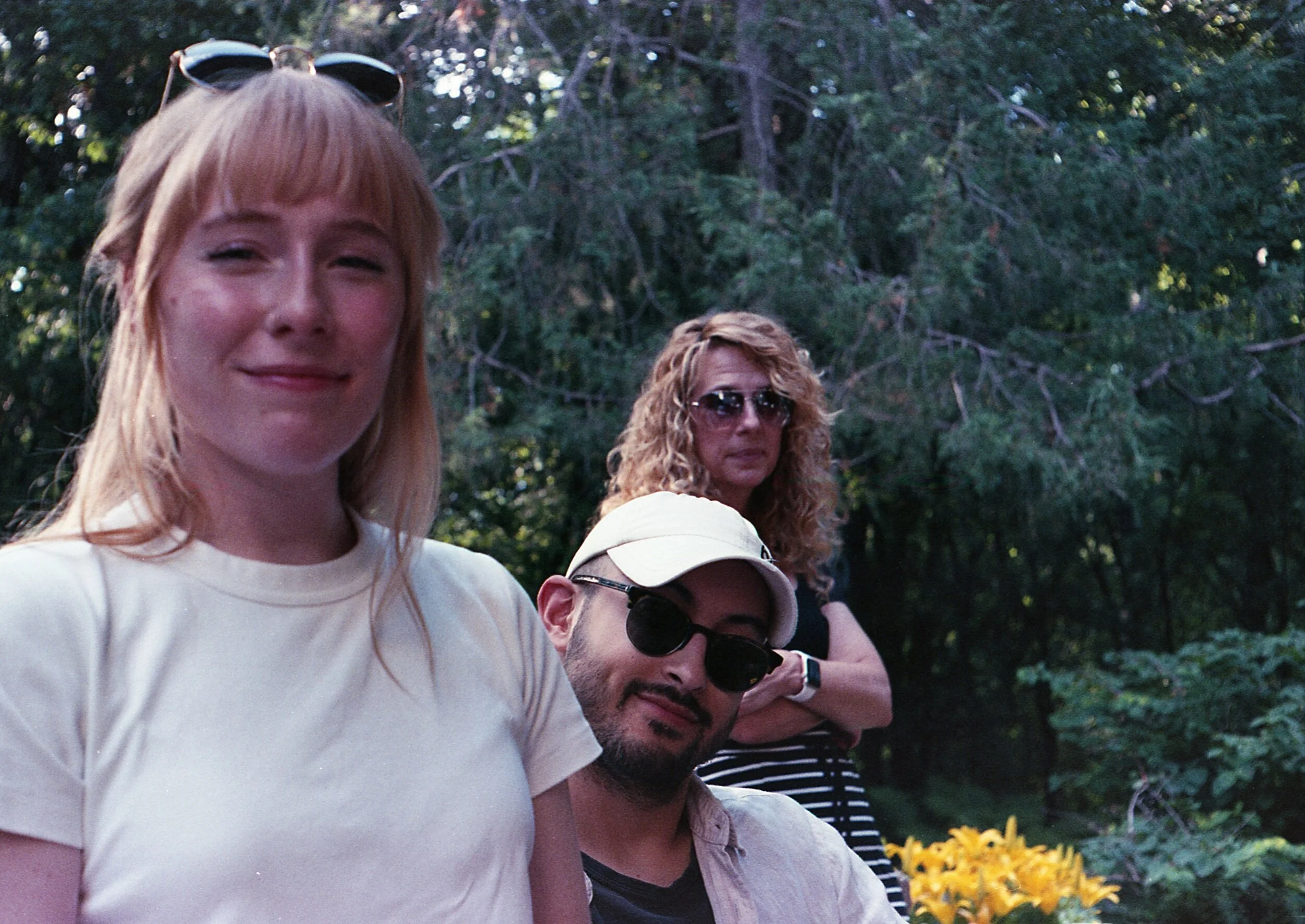August 8th 2019
Petri 7s
The Petri camera company was never in the general public’s vocabulary, let alone a competitor on the market. They produced a healthy amount of cameras from the inception of the company in 1907 up until the bankruptcy in 1977, with a few stragglers still being produced until the early 1980s. Petri’s most successful venture was in the rangefinder market. A year after they introduced the original Petri 7, a slight redesign was released. In 1962/63, adding an improved film advance and film counter, the new and somewhat successful Petri 7s debuted to the world.
The Easy to use Rangefinder
The Petri 7s is a decent looking rangefinder
With competition from the likes of the amazing Minolta Hi-Matic 7s and the incredible Yashica Electro 35, Petri still managed to create a rangefinder camera to stand out from the competition; Lasting over a decade in production no less. You had two different models of the Petri 7s, both had all the same controls and look, but you had the choice of an f/1.8 or f/2.8 lens. The 7s is a reasonably light rangefinder camera with a coupled meter, chrome plating, a textured leatherette, and a unique green rangefinder window. The feel and weight of the camera in the hands is great, giving it the air of a quality rangefinder. But the controls sometimes feel less substantial than other rangefinders.
The viewfinder of the 7s is surprisingly sharp. It has a reasonably bright viewfinder with a clear and easy to see rangefinder patch, toted as the Petri Green-O-Matic viewfinder. Within the rangefinder you have frame lines, three dots to use a parallax correction, and a great addition of a simple needle meter. There are no markings on the meter, all you need to do is adjust the shutter speed or aperture until you line the needle into the center spot. This meter does not need batteries to work, described as the Circle Eye System, the meter is powered by a selenium cell located around the lens on the front of the camera. Petri even recessed the cell so when you put a lens filter on, the meter reading is through the filter as well.
Most of the controls are located on the lens barrel of the camera
The top of the camera has no real controls besides the rewind knob and the shutter release. You have the standard cold shoe and frame counter, but surprisingly enough there is another readout for the meter. On the left hand side of the camera, you have a tab that when you pull up releases the back. The winding lever is on the back, and the tripod socket and rewind button is on the bottom. Most of the controls lie on the barrel of the lens. Starting from the camera body, the lever for focusing is smooth and the throw is very short and easy to use. The aperture is the black and chrome knurled ring going from your max aperture down to f/16. There are no stops at any of the aperture numbers, so any aperture within that scale is possible. In the crevasse between the aperture and the shutter speed ring, you have the X and M sync switch, the self timer lever, and oddly enough the PC port. The shutter speed ring goes from bulb and one second up to 1/500th of a second. The ASA setting is also incorporated within this dial, going from 10 to 400 ASA.
THE SPECS AND FEATURES
The Circle Eye System moniker
Shutter Speeds - bulb, 1 second to 1/500th of a second
Aperture - f/1.8 or f/2.8 to f/16
Meter Type - Circle Eye System, fully coupled, Selenium Cell
Shutter - mechanical, Petri MVE leaf shutter
ASA - 10 to 400
Lens - Petri 45mm amber coated, f/1.8 or f/2.8, 52mm filter ring
Flash Option - cold shoe with PC socket (on lens barrel), X or M sync
Batteries - No batteries needed
Film Type - 35mm
Other Notable Features - self timer, threaded shutter button, parallax correction marks, meter in viewfinder and on top of the camera
The Experience
I had no experience with any Petri camera before this, so I wasn’t quite sure what to expect. I knew that the Petri 7s was a ‘cult classic’ but I didn’t realize in what way until I had one in my hand. In my opinion, that status is due to price and availability. The 7s is a cheap camera to buy today, and there are quite a few available on the market. It’s probably one of the least expensive rangefinder film cameras on the market today. There were no problems with my Petri 7s, but I flushed the shutter to be sure and it has worked great ever since.
I like how you're able to see the meter either in the viewfinder or on the top of the camera. The meter on the top of the camera was especially useful when I was using this camera on a tripod. The step less aperture ring took a bit to get used to though, but all the controls are in natural positions. I don’t want to rap on the Petri 7s too much here, but the build quality feels cheap. The thing that really bothers me is how winding lever feels. You can feel the spring inside moving and creaking while you wind, with an audible clunk at the end. Along with that, the controls along the barrel seem… not so robust. The controls seem to slip out of place when your in any type of immediate situation. Please make sure to check that the ASA is correct every time you meter. Many people, myself included, have had it slip when changing settings.
From all the issues it may seem like I do not like the camera, I think it’s good for certain people. Sure it has some inconveniences and may not feel as solid as a Leica, but I think it’s a great camera for people to start film photography with, but it’s not for everyone. It’s the best rangefinder you can get for the price bar none, but I really wasn’t impressed by the picture quality. When you're out somewhere that you want causal photographs of or even some street photography, this camera would do fine; I would steer clear of portraits, studio work, or anything serious though. I would recommend the Petri 7s to the beginner and that would be mostly it. To anyone else I would say give it a pass, there are much better rangefinder cameras available.






